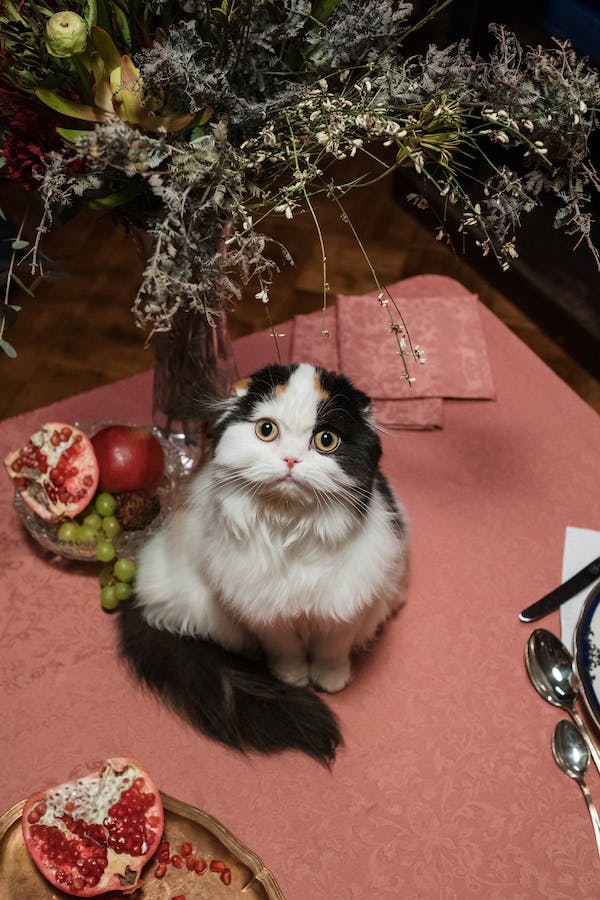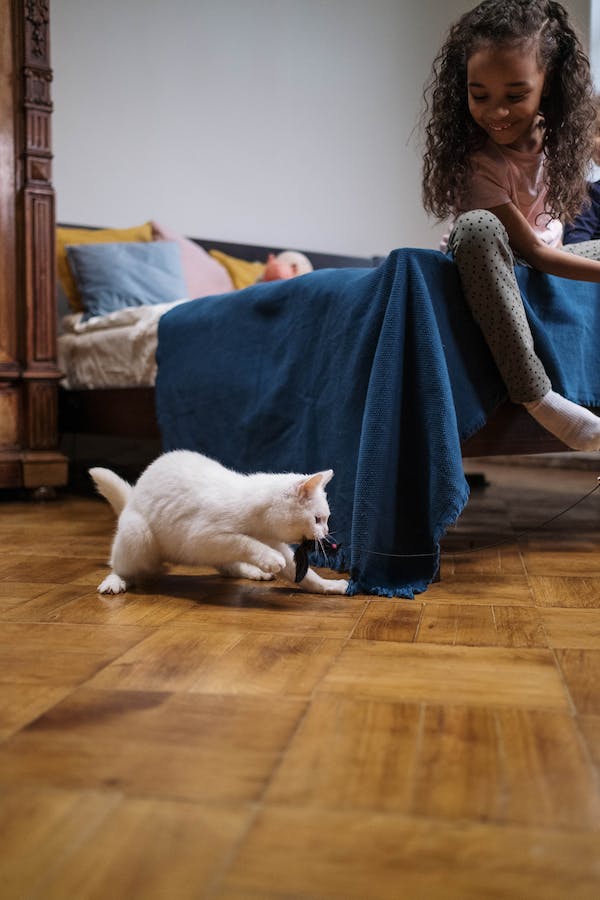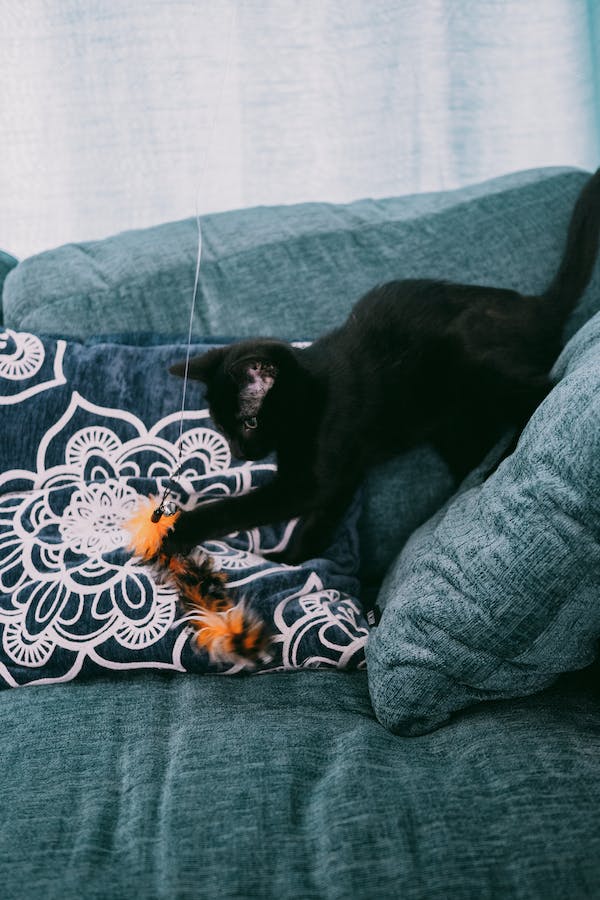
Greetings, cat enthusiasts!
If you’ve stumbled upon this blog, chances are you’re either a proud cat owner or simply captivated by the enigmatic world of feline companions.
Cats are truly captivating creatures with their own unique complexities, and gaining insight into their behavior can undoubtedly enhance the joy of your companionship with them.
In this article, we’ll embark on an exploration of the captivating realm of cats, delving into some intriguing facts about their behavior.
Why You Should Know Cat Behaviors
Have you ever pondered the significance of understanding your cat’s behavior?
Well, much like us, each cat possesses its unique traits and a wide range of behaviors.
By delving into the reasons behind these behaviors, you can foster a deeper connection with your cat and ensure their well-being.
- Individuality: Similar to humans, each cat possesses its distinct personality, preferences, and idiosyncrasies.
- Effective communication: Understanding the meaning behind their behaviors equips you to better interpret your cat’s intentions.
- Bond strengthening: When you respond to your cat’s behavior in a way that aligns with their needs and desires, trust is cultivated, and your bond with your furry friend grows stronger.
- Anticipating needs: Understanding your cat’s behavior can be instrumental in predicting their requirements and ensuring their comfort and happiness.
- Health monitoring: Changes in behavior can sometimes be indicative of health issues.
- Training and enrichment: Understanding your cat’s behavior is also valuable when it comes to training and providing mental stimulation.

Types of Mental Impairment
Feline curiosity syndrome
Cats are renowned for their inquisitive nature.
They can’t resist exploring their surroundings, investigating new objects, or simply being captivated by a seemingly mundane cardboard box.
This innate curiosity is a fundamental part of their behavior. It’s important to note that this behavior is not a syndrome or disorder in the medical sense; rather, it’s a facet of their feline character.
Characteristics of feline curiosity syndrome
- Exploration: Cats will often roam around your home, inspecting every nook and cranny. They may be drawn to areas with new scents, sounds, or objects.
- Playfulness: Cats’ curiosity often translates into playful behavior. They might pounce on a stray piece of string, chase a shadow, or endlessly pursue the elusive dot from a laser pointer.
- Investigative behavior: Cats may spend hours studying an everyday object like a cardboard box, pushing it around, hiding inside, or simply batting at it. This is their way of satisfying their desire to understand their environment.
Selective listening disorder
This term is a playful way to describe a common occurrence in cats – they seem to “selectively” hear and respond to certain cues, especially when treats are involved.
It’s not a real medical disorder but rather a reflection of their independent nature.
Characteristics of Selective Listening Disorder
- Treat-related behavior: Cats may appear to ignore your calls or commands until they hear the familiar rustling of a treat bag or the sound of a can opener.
- Independence: Cats are naturally independent creatures. They decide when they want attention, and often it aligns with their desires for food or treats.
Interesting Cat Behavior Facts

Most fascinating cat Behavior Facts
The Purrfect Communication
Cats are masters of non-verbal communication, and their purring is a multi-purpose tool in their social toolkit.
While it’s commonly associated with contentment and relaxation, purring serves other functions as well:
- Happiness and contentment: Most often, cats purr when they are feeling relaxed and content.
- Anxiety and discomfort: Surprisingly, cats also purr when they are anxious or in pain. In these situations, purring can be a signal that your cat needs comfort and support.
- Bonding: Purring can also be a way for a cat to bond with its human or other cats.
Kneading
Kneading is an endearing and often rhythmic behavior where a cat presses and alternately extends its paws against a soft surface, like your lap or a cozy blanket.
This behavior has roots in kittenhood and serves several purposes:
- Comfort and trust: When adult cats knead, it’s often a sign of comfort, relaxation, and trust.
- Territory marking: Cats have scent glands in their paws, and kneading helps spread their scent on surfaces.
Strange Cat Behavior
Staring at a blank wall
One of the more perplexing behaviors that cats can display is their tendency to stare intently at a blank wall or an empty space.
It’s easy to wonder what they’re seeing or sensing that’s invisible to us.
While we can’t know for sure, several theories attempt to explain this odd behavior:
- Hunting instinct: Cats are natural hunters, and they might be focused on the tiniest movements of insects or dust particles that we can’t perceive.
- Imagination or hallucination: Some experts suggest that cats might be daydreaming or even experiencing mild hallucinations.
- Attention grabber: In some cases, a cat might be staring at something real but just beyond our sight.
Chasing their tail
Cats chasing their own tails is a behavior that often brings a smile to our faces.
This playful activity is more common in kittens but can persist in some adult cats. It’s a combination of instinct and entertainment:
- Instinctive play: Kittens frequently chase their tails as a form of play, honing their hunting skills.
- Boredom or energy release: In adult cats, tail-chasing can be a sign of boredom or excess energy.
- Attention-seeking: Occasionally, a cat might chase their tail to grab your attention.

Random Cat Behavior
Affection and independence
Cats are masters of duality when it comes to their behavior, often switching between extremes with graceful agility.
- Affectionate moments: They might purr contentedly on your lap, nuzzle your hand, or knead your shoulder. These moments are filled with warmth and connection, and they are a testament to the deep bond you share.
- Alone time: They might suddenly leap off your lap, retreat to a quiet corner, or even give you a swift “cat slap” if you continue petting when they’ve had enough. This shift into independence is part of their innate need for personal space.
Mood swings
Cats can have mood swings that can leave you guessing about what’s going on in their feline minds.
- Playfulness: One minute, your cat might be engaged in a spirited game of chase with a feather toy.
- Sudden aloofness: In the next moment, they may decide that they want nothing to do with you or their toys.
Preference for routine
Cats often thrive on routine and can be creatures of habit. Yet, they can also be deeply unpredictable within those familiar patterns.
- Mealtime excitement: Cats often anticipate mealtime with gusto, following you around and meowing in excitement.
- Changing hideouts: Cats tend to have preferred hiding spots or cozy nooks where they feel safe. Yet, they may switch these hideouts unexpectedly.
Funny Cat Behavior
Toy “hunting”
Cats have an instinctive drive to hunt, and this inclination often leads to some hilarious moments, especially when they’re chasing after toys:
- Acrobatic leaps: When a cat spots a toy, they can execute impressive mid-air acrobatics.
- “Stalking” inanimate objects: Cats can turn everyday items, like crumpled paper or a sliding pen, into their prey.
- Hilarious misses: Not every pounce is successful, and cats’ misjudged jumps or sudden skids can result in laugh-out-loud moments.
Tail chasing
Cats, especially kittens, have a penchant for chasing their own tails. This behavior is not just amusing but also endearing:
- Endless pursuit: When a cat starts chasing its tail, it can sometimes become an endless loop of spins and dashes.
- Surprise attacks: Sometimes, a cat may suddenly pounce on its own tail as if it’s a surprise invader.
Silly sleep positions
Cats have a unique talent for falling asleep in the most amusing and seemingly uncomfortable positions:
- The “twisted” cat: Cats might fall asleep with their bodies twisted, legs up in the air, or heads hanging off the edge of a surface.
- Comedic snoring: Some cats snore with such gusto that it can make you burst into laughter. It’s like they’re adding their own soundtrack to their dreams.
Surprise attacks
Cats can exhibit sudden bursts of energy and playfulness, often with a mischievous glint in their eyes:
- Sneak attacks: Your cat may lie in wait for an unsuspecting passerby, be it a fellow feline or even your own foot, and then pounce out of nowhere.
- Ambush games: Cats sometimes hide behind furniture or corners, ready to surprise anyone who crosses their path.

Unusual Cat Behavior?
Pawcup
The act of using their paw as a scoop to drink water from their bowl, also known as “pawcup,” is an amusing and somewhat baffling behavior.
While not all cats do it, those who do often seem to find it an efficient way to hydrate themselves.
Paper obsession
Cats have a curious fascination with paper, and they can display some unusual behaviors when it comes to this everyday material:
- Kneading and purring: Cats often knead on paper, creating a crinkling sound that they find soothing. They may even purr while doing this, which adds to the charm.
- Shredding: Some cats take their paper obsession a step further and enjoy shredding paper into tiny pieces.
Box love
The age-old cliché that cats love boxes is backed by plenty of feline behavior studies.
Cats are drawn to boxes of all shapes and sizes, and their antics within them can be quite unusual:
- Squeezing In: Cats have a knack for squeezing themselves into boxes that seem far too small for them.
- Stalking from inside: When in a box, cats often take on a secret agent persona. They’ll peer out with only their eyes visible, stalking unsuspecting passersby.
High places
Cats’ love for high places, like perching on top of bookshelves or climbing curtains, can seem unusual to us.
But for them, it’s about a sense of security, vantage points, and satisfying their instinctual need to survey their territory.
Kneading blankets
Cats often knead soft blankets or bedding with their paws, a behavior that dates back to kittenhood when they kneaded their mother’s belly for milk.
This action is both comforting and amusing to witness.

Conclusion
Cats are truly mysterious beings, and getting to know their behavior is the secret to having a happy and peaceful connection with your feline companion.
Whether they’re expressing affection, engaging in play, or displaying their peculiar habits, each of their actions holds a hidden narrative.
Understanding these actions allows us to decode their signals, build trust, and adapt to their unique personalities. It’s like reading a book about your cat’s feelings and needs.
By paying attention to their behavior, we can uncover the story they’re trying to share with us.


GIPHY App Key not set. Please check settings